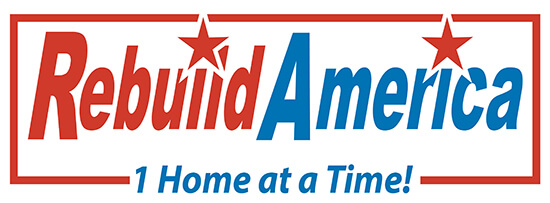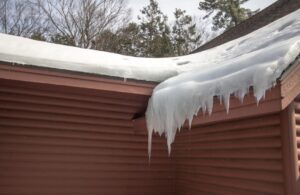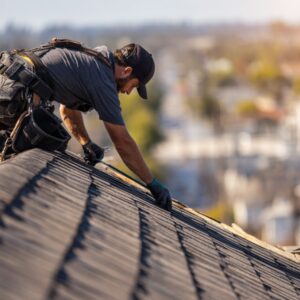Here’s What Long Island Homeowners Are Asking — And Why It Matters
Living on Long Island has its perks. Ocean air, historic homes, four true seasons. But let’s be honest—it’s also brutal on your house. From salt spray to freezing winters and everything in between, your home’s exterior takes a beating.
And if your siding is starting to show it, you’re probably asking the same question we get every week:
“Should I go with vinyl siding or fiber cement?”
You’re not alone. At Rebuild America: Roofing, Windows, and Remodeling, we’ve installed both for homeowners all over Nassau and Suffolk Counties—coastal towns, inland neighborhoods, even a few historic districts. And we’ve seen exactly how each siding type holds up in the real world.
This post is your no-nonsense guide to making the right call for your house, your budget, and your climate.
Here’s what we’ll cover:
- The real differences between vinyl and fiber cement siding
- How Long Island’s weather plays into your decision
- What to know before you sign any siding contract
- Why it’s not just about cost—it’s about long-term value
If you’re looking to avoid regret on a five-figure home upgrade, Rebuild America can help.
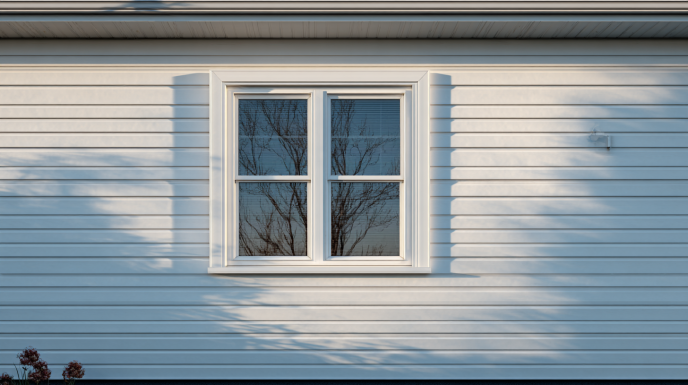
Know Your Options: The Basics of Vinyl and Fiber Cement Siding
Before we get tactical, let’s level-set.
Vinyl Siding 101
Vinyl siding is made from durable plastic (PVC). It’s the most budget-friendly option on the market, and it’s wildly popular across Long Island. Why? Because it looks decent, installs fast, and doesn’t demand much in the way of upkeep.
We install top brands like Royal, Alside, and Exterior Portfolio, which hold up better in our region than the stuff you’ll find in a big-box store.
Fiber Cement Siding 101
Fiber cement is a heavier material made from cement, sand, and wood fibers. Brands like James Hardie and LP SmartSide have built a reputation for being practically bulletproof—especially near the coast. It’s more expensive, but it looks better and performs better in extreme conditions.
Spoiler alert: We install both. But which one is right for your home? That’s where things get interesting.
First Things First: What to Know Before You Choose
Budget Breakdown (Real Numbers, Not Sales Talk)
- Vinyl siding will run you about $7–$10 per square foot installed.
- Fiber cement siding costs between $10–$14 per square foot installed.
That’s just the starting point. Trim, insulation, and old siding removal affect the total. But here’s the deal: If your house takes a beating from weather or you’re planning to stay long-term, fiber cement often pays off.
Permits and Local Codes (Don’t Skip This)
Every town on Long Island has its own process—and yes, you’ll need a permit to re-side your home. We’ve pulled them in places like Huntington, Smithtown, Babylon, and Brookhaven. Some towns have material restrictions, especially in historic zones or floodplains.
We handle all the paperwork so you don’t have to deal with town hall drama.
Got Lead Paint? Better Check.
If your house was built before 1978, it must be tested for lead before we start. We’re certified in lead-safe removal and have handled this on hundreds of older homes across Long Island.
Vinyl vs. Fiber Cement: Which Performs Better in Coastal New York?
Now let’s talk performance—because siding isn’t just about looking good. It needs to hold up.
Weather Resistance
Vinyl Siding:
- Decent in most conditions
- Can crack in freezing temps or under impact
- May lift in high winds if not properly installed
Fiber Cement:
- Built for harsh environments
- Stands up to salt air, wind, rain, and even fire
- Ideal for shoreline homes or wind-exposed neighborhoods
We’ve seen vinyl warp and fade in five years on homes by the bay. Fiber cement? Still going strong 20 years later.
Maintenance Over Time
Vinyl:
- No painting—just a rinse with the hose once in a while
- Can fade or chalk over time
- Cracks are hard to repair invisibly
Fiber Cement:
- Holds paint longer than wood—usually 10–15 years
- Resistant to pests, rot, and moisture
- Touch-ups are easy and seamless
In short, vinyl is low-maintenance, fiber cement is low-risk.
Style + Curb Appeal
Both options can mimic woodgrain, shingles, or traditional clapboard—but fiber cement does it better. It just looks more authentic. And while vinyl has come a long way, you can still spot it from the curb.
Many Long Island homeowners are now doing fiber cement on the front façade, and vinyl on the sides and back. It’s a solid compromise between looks and cost.
Energy Efficiency
- Insulated vinyl siding can improve R-value and help with drafts
- Fiber cement doesn’t insulate by itself, but works great with foam board
If your home is older and drafty, we can help boost insulation as part of your siding package.
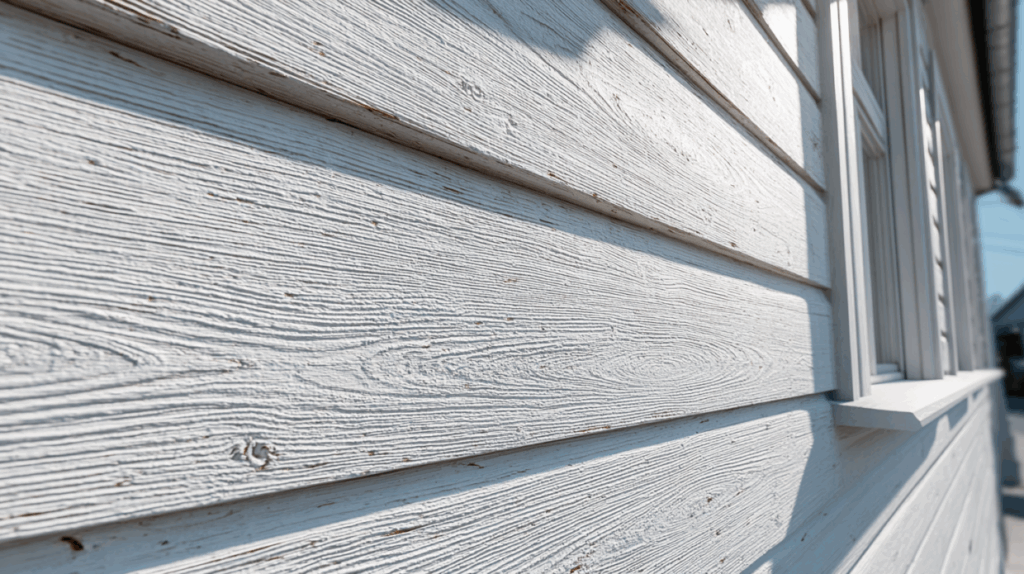
Warranties, Lifespan, and Real ROI in Long Island’s Climate
Manufacturer Warranties
- Vinyl usually comes with a limited lifetime warranty and fade protection up to 25 years
- Fiber cement (like Hardie) offers 30 years on product and 15 years on factory-applied paint
Lifespan in Real-World Conditions
- Vinyl: 20–30 years if properly installed and maintained
- Fiber cement: 30–50 years, even with salt air and harsh winters
We’ve re-sided homes in Long Beach where vinyl installed 15 years ago is falling apart—but fiber cement jobs from the early 2000s still look great.
Long Island Siding FAQs: What Our Customers Want to Know
What’s the most common siding material on Long Island?
Vinyl siding is the most common, but fiber cement is gaining popularity fast—especially in coastal towns where durability is a must.
Is fiber cement siding a good option for homes near the water?
Yes, fiber cement is one of the best options for coastal homes. It resists moisture, salt air, wind, and pests far better than vinyl or wood.
Do I need a permit to replace siding on Long Island?
Yes, siding replacement requires a permit in almost every town on Long Island. Rebuild America handles this process for you.
How long does it take to install new siding?
Most siding jobs take 5–10 business days. Weather and home size can affect the schedule, but we give you a timeline up front.
Is insulated vinyl siding worth the extra cost?
Yes, especially for older homes. Insulated vinyl helps reduce energy bills and adds structural integrity to your walls.
Can I mix siding types on my home?
Absolutely. Many homeowners use fiber cement on the front and vinyl on the sides and rear to get the best of both worlds.
Does Rebuild America offer financing for siding projects?
Yes, we offer flexible financing through Service Finance. Low monthly payment plans are available for qualified homeowners.
Make the Right Move for Your Home (and Your Wallet)
Here’s the bottom line: If you live on Long Island, siding isn’t a cosmetic decision—it’s a structural one.
Both vinyl and fiber cement can work, but only one is going to give you the durability, weather resistance, and long-term ROI you really need—especially if you’re near the coast.
At Rebuild America: Roofing, Windows, and Remodeling, we’ve helped thousands of homeowners across Nassau and Suffolk County choose the right siding with zero pressure and zero gimmicks. We’ll walk you through your options, your budget, and your timeline—and deliver a final product that actually performs.
Ready to stop patching and start protecting? Schedule your free siding consultation today.
